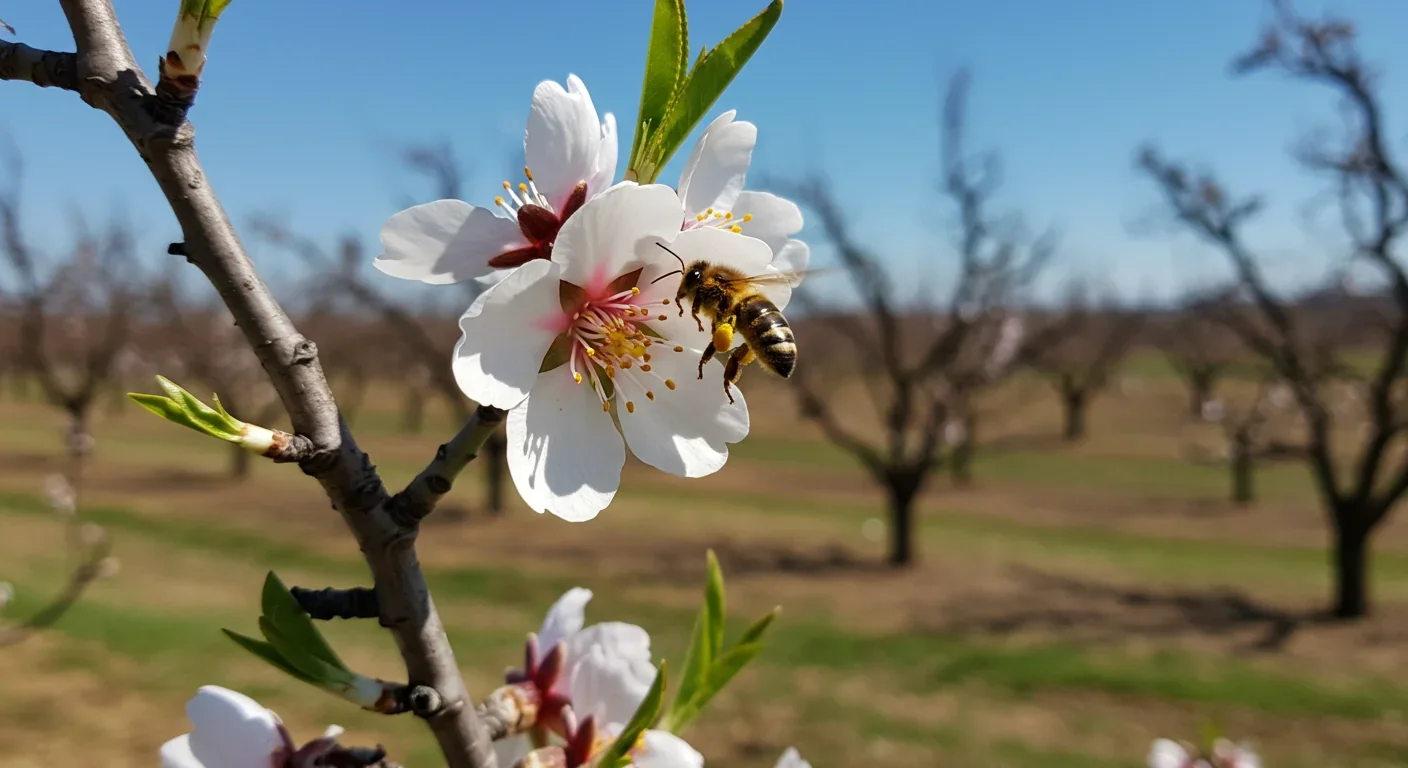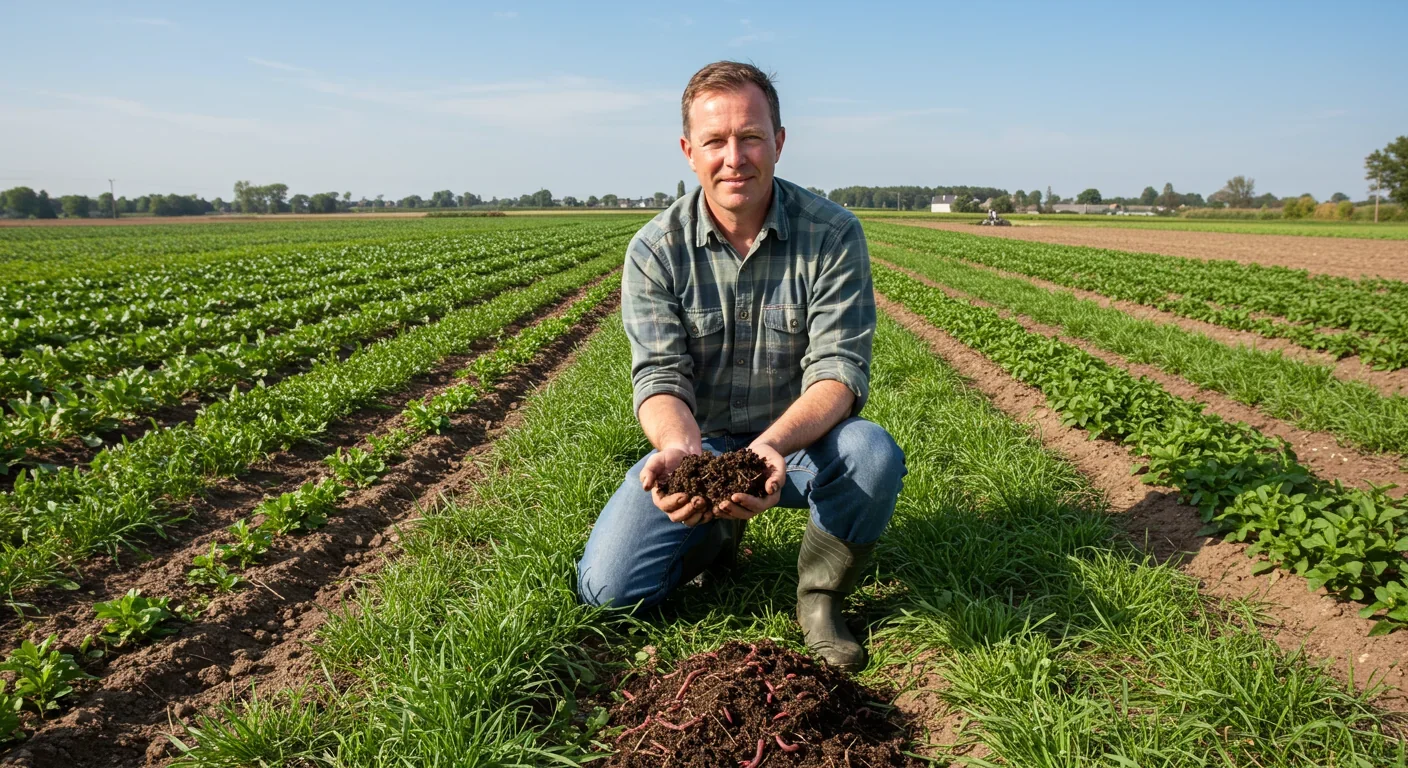When Bees Vanish: Food, Economy & Planet at Risk
Bees and wild pollinators are dying at unprecedented rates due to habitat loss, pesticide exposure, parasitic mites, climate change, and competition from managed honeybees. This silent collapse threatens 35% of global crop production, risks hundreds of billions in economic losses, and could eliminate 70% of grocery store produce variety. Solutions exist at every scale—from regenerative agriculture and landscape-scale habitat restoration to individual actions like planting native wildflowers a...




